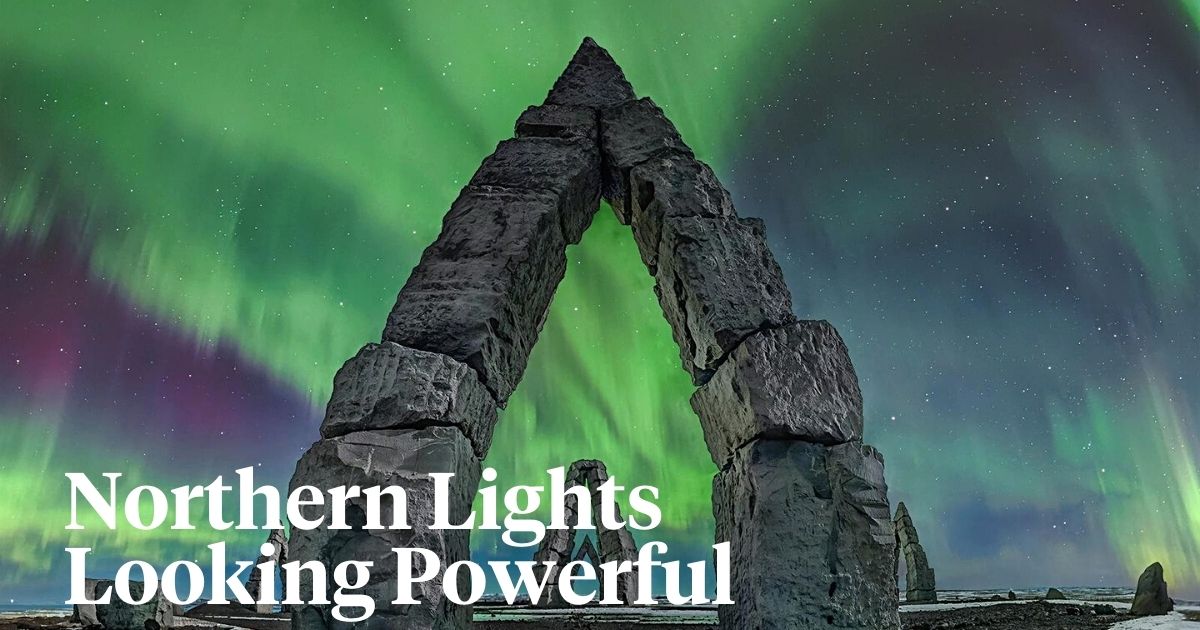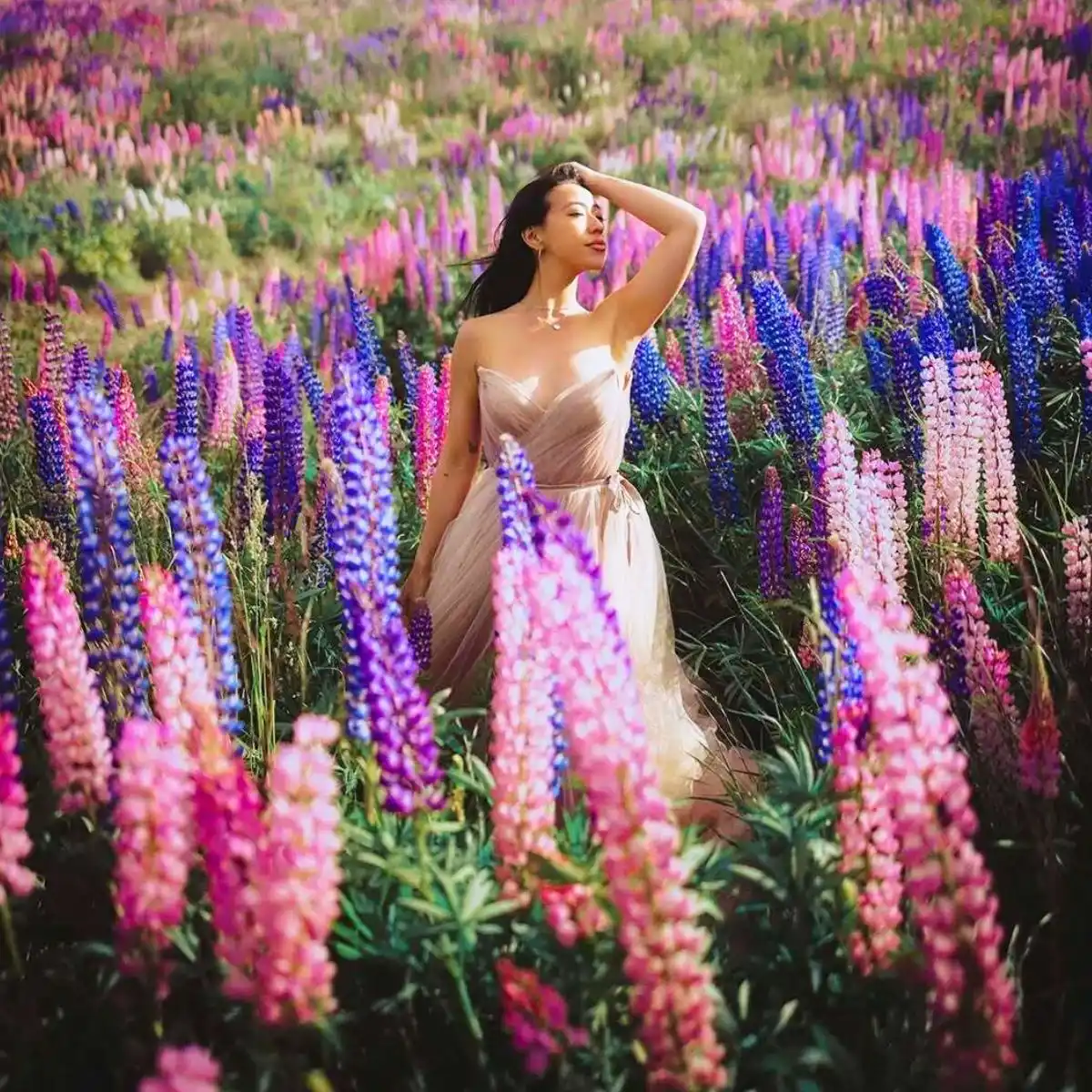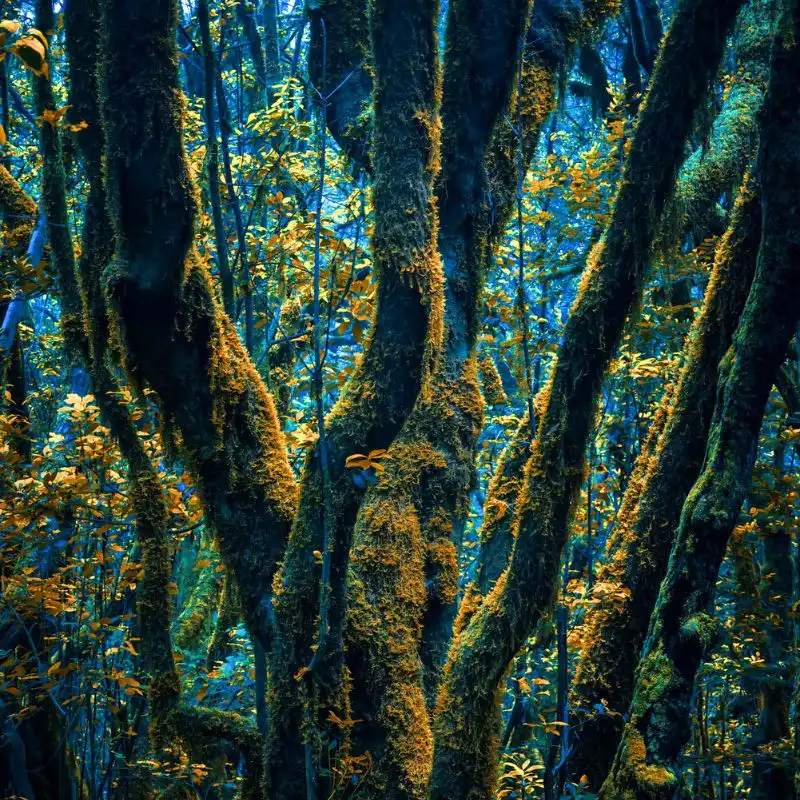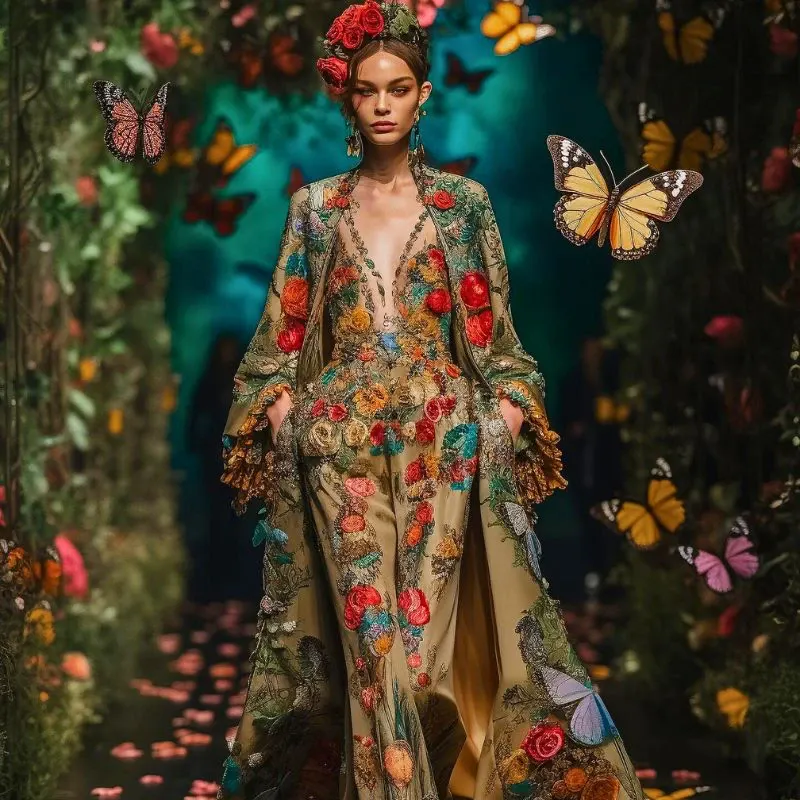If you're a big fan of the aurora borealis, aka 'northern lights', then you'll find these photographs by Chile-based photographer Cari Letelier the definition of perfection and the power of nature. You'll instantly start reflecting on how we can actually live on this planet and get to experience such magic.
The Power of the Aurora Borealis Photographed by Cari Letelier
During the last few days of February, a series of powerful solar storms sent the aurora borealis as far south as California and as far west as Western Australia. The lights were especially bright in northern places like Scotland and Iceland, where the long winter evenings provide plenty of darkness to contrast with the swaying illuminations.
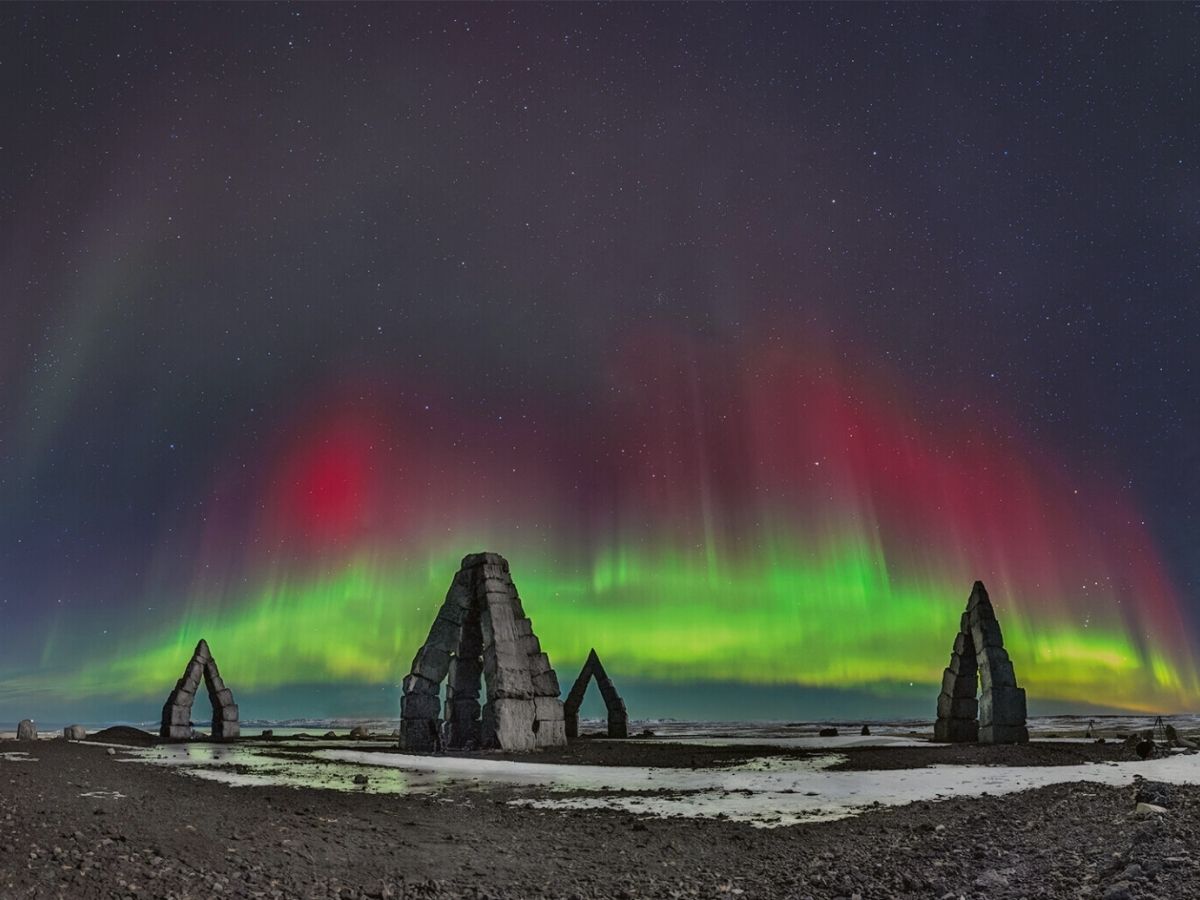
Cari Letelier, a Chilean photographer, took advantage of Iceland's location just a few degrees south of the Arctic Circle to take beautiful photographs of the auroras as they passed over waterfalls, snowy vistas, and the Arctic Henge. The result? Surreal images of out-of-the-ordinary landscapes are a must-add to your bucket list this year.
How Are the Northern Lights Actually Created?
The Northern Lights, also known as Aurora Borealis, are created when charged particles from the sun collide with the Earth's magnetic field and atmosphere. The sun constantly emits a stream of charged particles called the solar wind, which includes electrons and protons. When the solar wind reaches the Earth, it interacts with the planet's magnetic field, which is created by the molten iron in the Earth's core.
As the charged particles from the solar wind collide with the magnetic field, they are deflected toward the Earth's poles. When these charged particles reach the Earth's upper atmosphere, they collide with the atoms and molecules in the atmosphere, primarily oxygen, and nitrogen.

This collision excites the atoms and causes them to release energy in the form of light, creating the beautiful, colorful displays of the Northern Lights. The color of the lights depends on the type of atom or molecule that is being excited by the charged particles. For example, oxygen molecules typically produce green or red light, while nitrogen molecules produce blue or purple light.
The Northern Lights are most commonly seen in regions close to the Earth's magnetic poles, such as Norway, Sweden, Finland, and Canada, and typically occur during the winter months when the nights are long and dark.
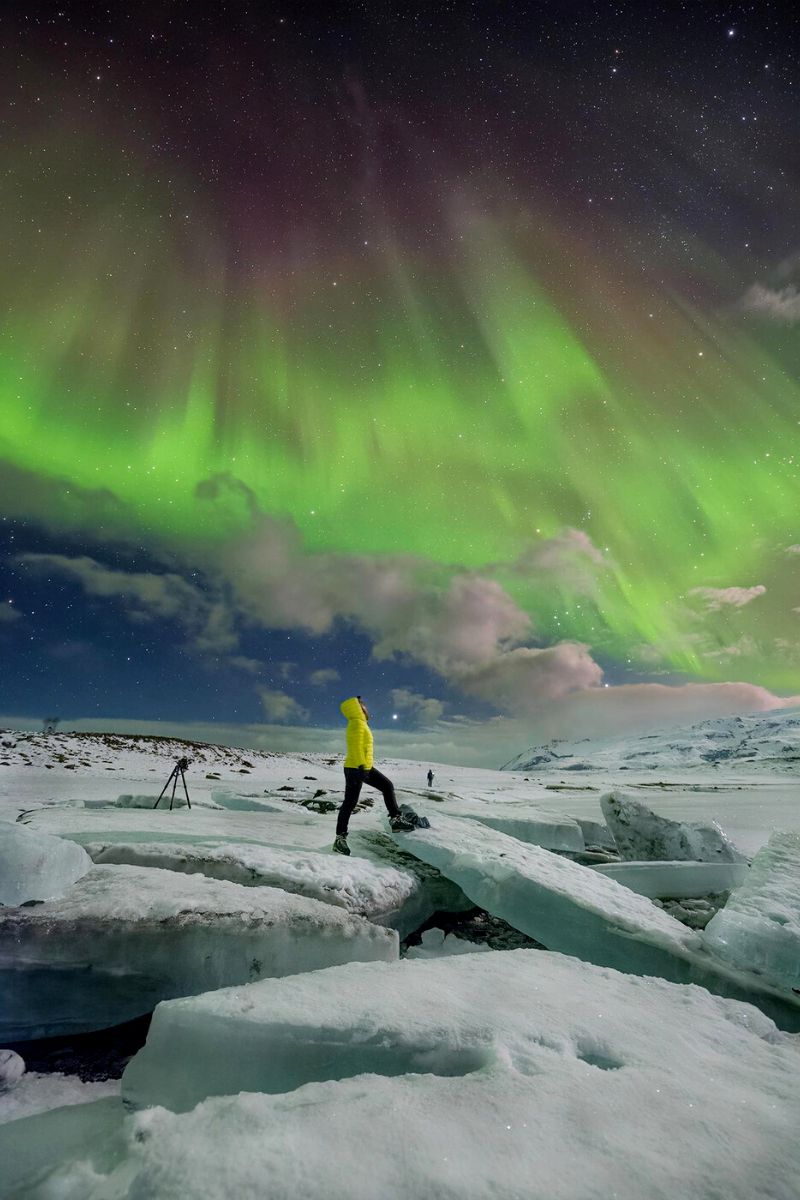
Further Explanation of the Colors Seen in the Aurora Borealis
The Northern Lights, also known as the Aurora Borealis, can appear in a range of colors including green, red, yellow, blue, and violet. However, green is the most common and prominent color seen in the Northern Lights, especially at lower latitudes.
The green color in the Northern Lights is caused by the excitation of oxygen molecules in the Earth's atmosphere. When charged particles from the solar wind collide with the Earth's magnetic field, they are funneled toward the poles, where they interact with the Earth's upper atmosphere.
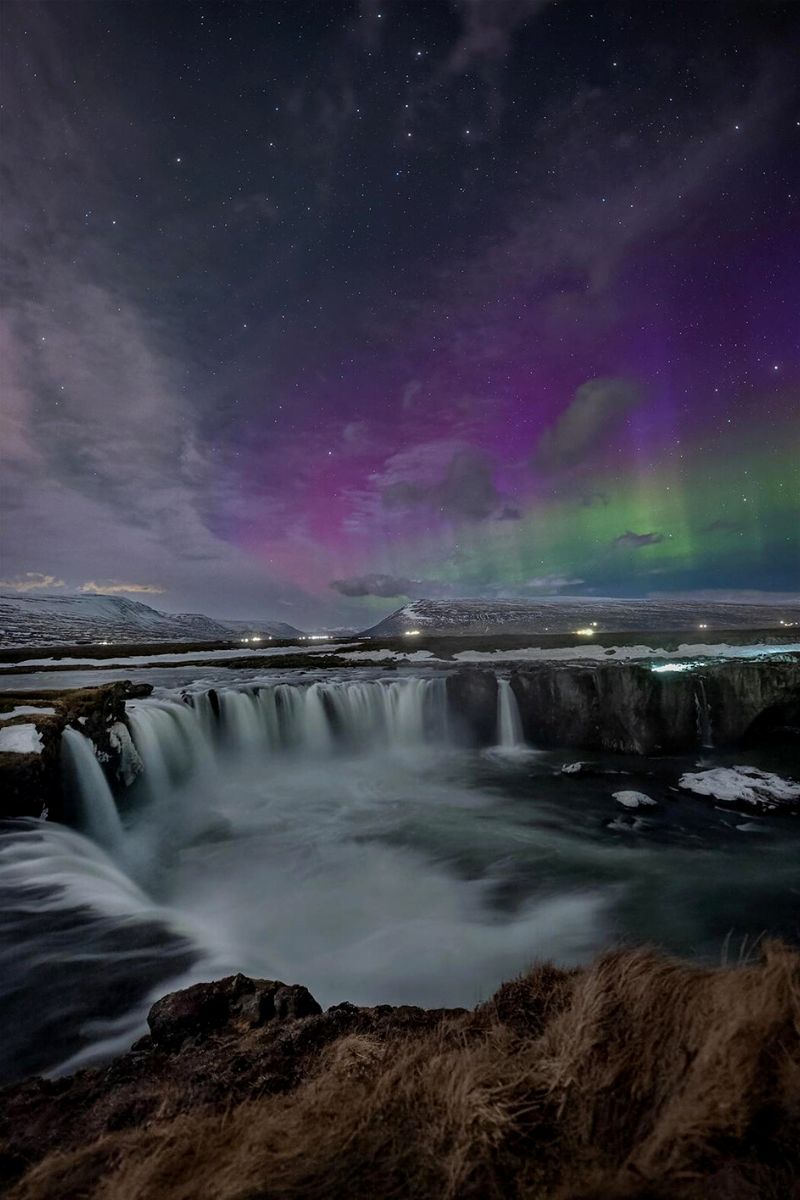
As these charged particles collide with the oxygen molecules in the atmosphere, they transfer energy to the atoms, causing them to become excited. When these excited oxygen atoms return to their normal state, they release the excess energy in the form of visible light, specifically green light with a wavelength of around 557.7 nanometers.
Therefore, the green color in the Northern Lights is a result of the energy transfer process between the charged particles and the oxygen molecules in the Earth's upper atmosphere. Other colors in the Northern Lights are caused by the excitation of other atmospheric molecules, such as nitrogen, and their specific wavelengths. Now, what better person to photograph this whimsical and eye-opening moment than Cari Letelier?
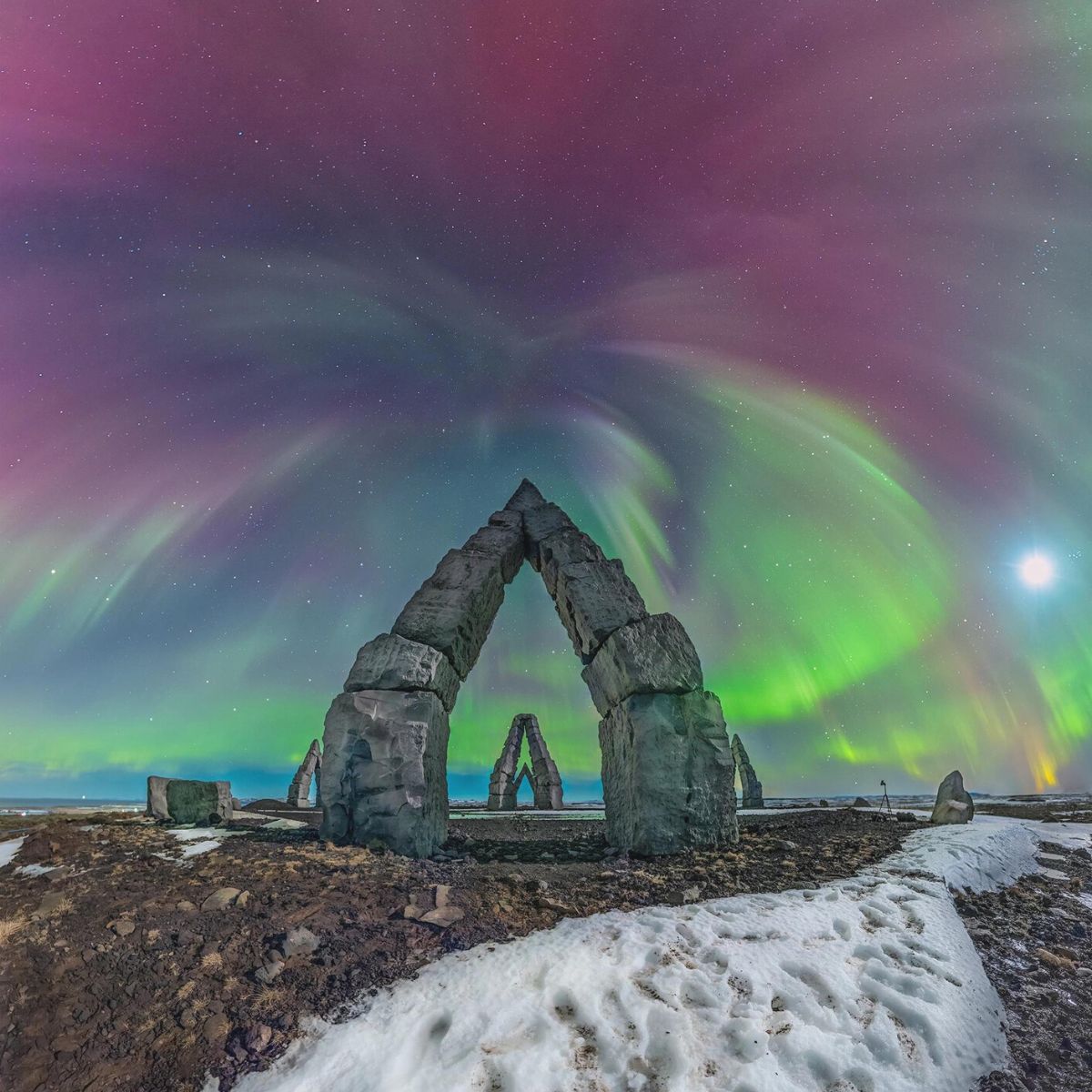
When she and a fellow photographer learned that there would be a solar flare that was likely to produce a spectacle, they made the seven-hour journey from the southern part of the island in search of sightings and captured some incredible images. She shares:
“I had to make a decision whether to take the photo or to enjoy the show making mental captures. As I wanted to make both, I set my camera to shoot photos for a timelapse while I was watching the sky.”
Photographer Cari Letelier
Born abroad but raised in Chile. Cari grew up as a child stunned by the stars, she studied Industrial Engineering and got a Master’s degree in Logistics (both at UNAB, Chile), and specialized in a graduate degree at MIT in Supply Chain Management (Cambridge, MA, USA).
But around six years ago, she discovered astrophotography, spending one year intensively learning positional and observational astronomy, as well as photography. Then, she decided to quit her job as an engineer to dedicate herself full-time to astrophotography and astronomy popularization, from where she also began to travel to capture skies from different latitudes and different weather and sky/earth phenomena.
Nowadays, she still dedicates a lot of time to the study and improvement of her landscape astrophotography techniques, teaching classes on the same subject, and also promoting astronomical tourism.
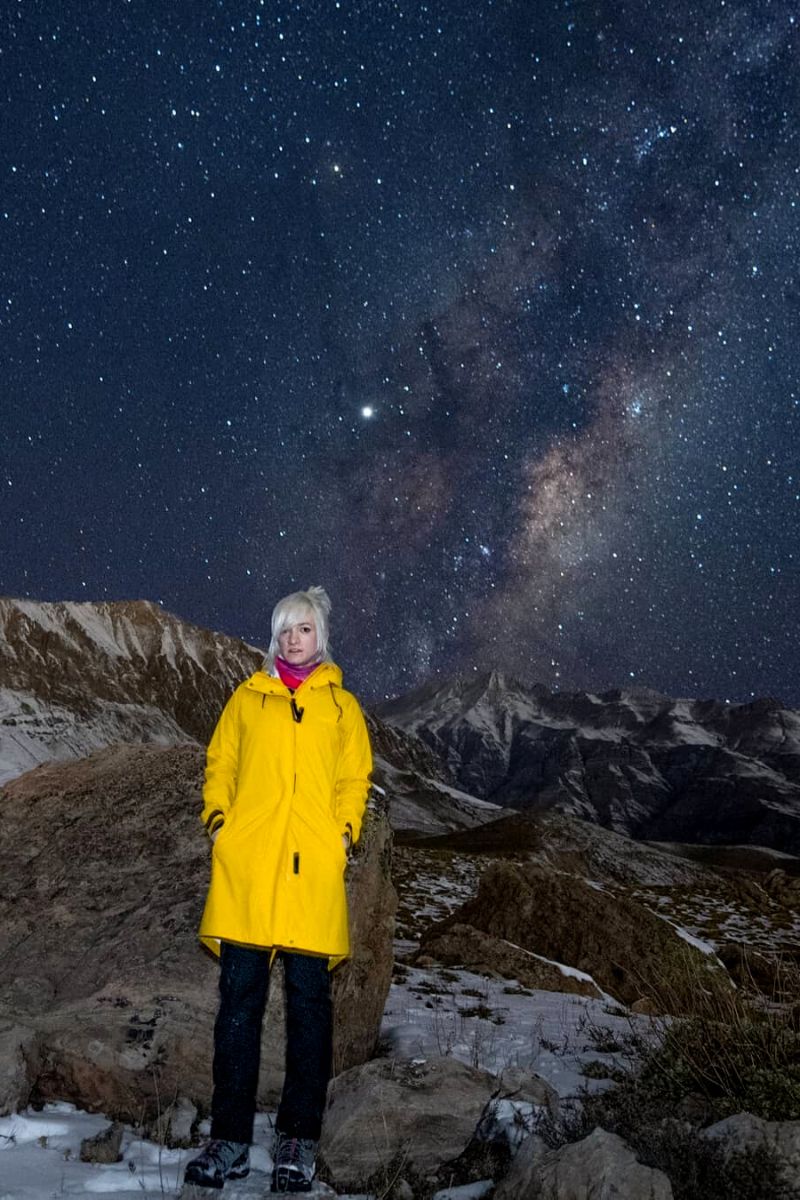
Cari Letelier is constantly deepening her knowledge in Astronomy to contribute to the world of astronomy popularization with several organizations and collaborations with other astronomical popularization entities.
Photos by Cari Letelier.

